
The Ultimate Guide to Native Plants for Georgia
Published: 14/10/2025 | Updated: 29/10/2025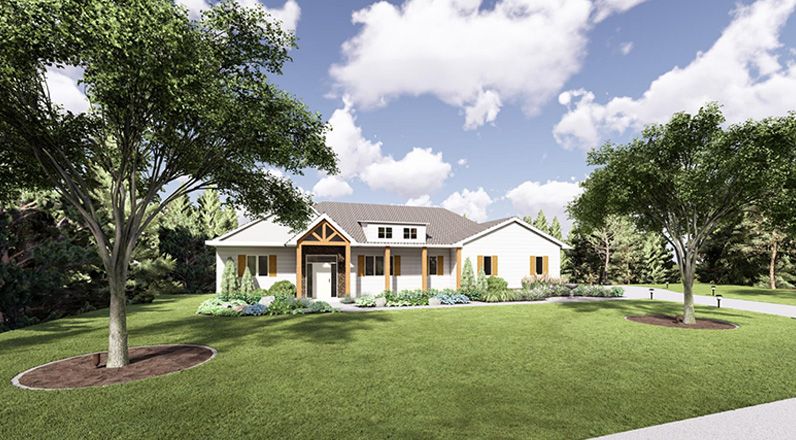
Incorporating native plants into your Georgia garden is more than a design trend—it’s an investment in your state’s ecological health and natural beauty. Native species support wildlife, conserve water, and thrive in the local soil and climate with minimal maintenance.


This comprehensive guide from ShrubHub walks you through what defines a native plant, why these species are essential for Georgia’s ecosystem, and how to choose and care for them to create a lush, sustainable landscape that flourishes year-round.
What Are Native Plants and Why They Matter
Native plants are species that evolved naturally in a particular region over thousands of years. They have adapted to the local soil, rainfall, and climate patterns—creating resilient ecosystems that nurture Georgia’s birds, pollinators, and wildlife.
Why Choose Native Plants?
1. Ecosystem Stability
Native plants require little to no fertilizers or pesticides, maintaining a self-sustaining ecosystem. Their deep root systems prevent erosion, reduce chemical runoff, and improve soil health.
2. Biodiversity Enhancements
Georgia’s native plants, like Purple Coneflower (Echinacea purpurea) and Georgia Aster (Symphyotrichum georgianum), provide nectar and habitat for butterflies, hummingbirds, and bees, strengthening local biodiversity.
3. Improved Soil Health & Water Retention
Native species are built to handle Georgia’s heavy rainfall and red clay soil, stabilizing the ground and filtering water efficiently.
Environmental Takeaway
When you plant native, you’re not just decorating your yard—you’re rebuilding a healthy ecosystem right outside your window.
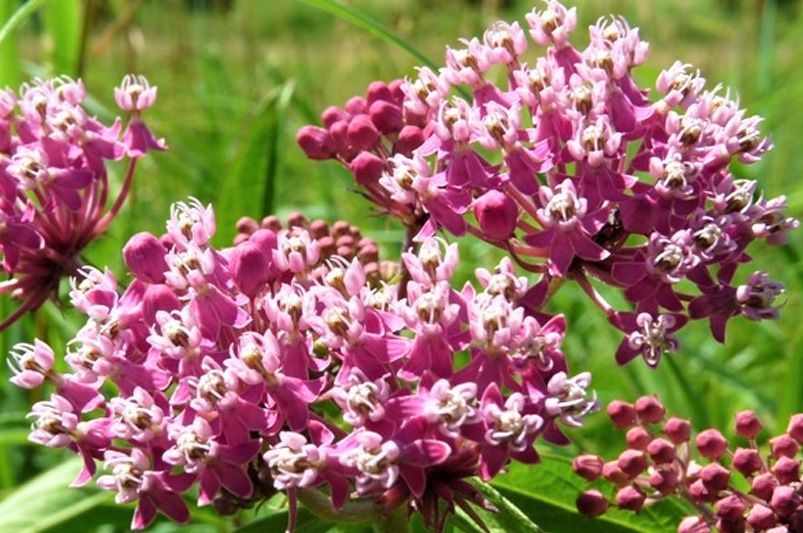
How to Determine Your Local Native Plants
Finding the right native species for your area starts with understanding your local ecosystem and hardiness zone.
1. Use USDA Hardiness Zones
Georgia falls primarily within Zones 7a to 8b, ranging from the cooler north to the warm, humid southern regions.
-
Zone 7a (North Georgia): Great for Wild Columbine and Eastern Redbud.
-
Zone 8b (South Georgia): Ideal for Southern Magnolia and Muhly Grass.
2. Consult Local Resources
-
Georgia Native Plant Society and University of Georgia Extension provide detailed regional plant lists.
-
EPA Ecoregion Maps show local soil and climate groupings for more precise selection.
3. Explore Native Nurseries
Local nurseries often grow region-specific species adapted to Georgia’s soil conditions. Ask for native plant sections or “pollinator packs” curated for local gardens.
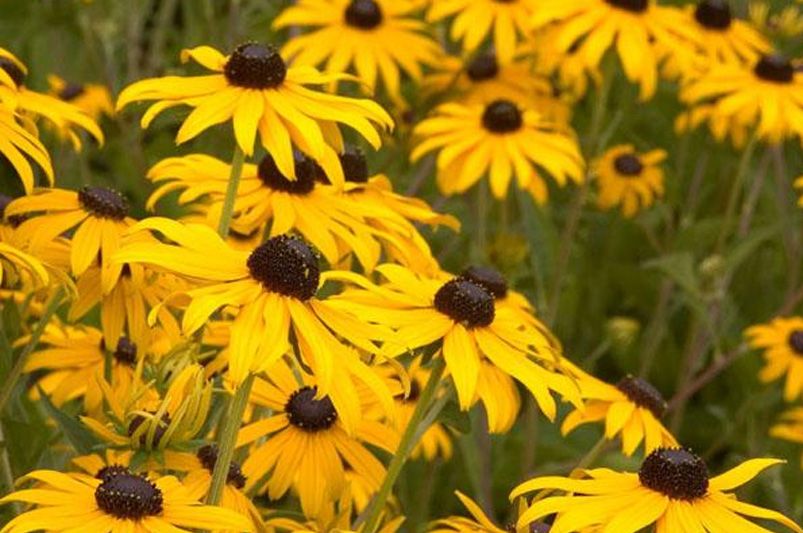
Benefits of Native Plants and Wildlife Habitat for Georgia
Georgia’s native flora supports countless species of insects, birds, and mammals. Planting them doesn’t just beautify your property—it contributes to statewide conservation efforts.
Wildlife Benefits
-
Pollinator Support: Plants like Milkweed (Asclepias tuberosa) serve as critical breeding grounds for Monarch butterflies.
-
Food & Shelter: Shrubs such as Serviceberry (Amelanchier arborea) and Wax Myrtle (Myrica cerifera) provide food and nesting cover for small wildlife.
Ecosystem Advantages
-
Water Conservation: Deep-rooted native plants retain moisture, reducing irrigation needs.
-
Temperature Regulation: Foliage cools local environments through shade and transpiration.
-
Carbon Capture: Native landscapes absorb and store more carbon than traditional turf lawns.
ShrubHub Insight: Native gardens are living ecosystems—once established, they require less input but deliver more beauty, biodiversity, and resilience.
Pollinator-Friendly Native Plants for Georgia
Pollinators play a key role in Georgia’s agricultural and natural ecosystems. Here are some top-performing native plants that attract and sustain pollinators:
-
Black-Eyed Susan (Rudbeckia hirta): Blooms summer to fall, loved by bees and butterflies.
-
Bee Balm (Monarda didyma): Brilliant red flowers that attract hummingbirds.
-
Coreopsis (Coreopsis lanceolata): Drought-tolerant and prolific, ideal for sunny borders.
-
Blazing Star (Liatris spicata): Vertical blooms that draw pollinators from afar.
-
Goldenrod (Solidago rugosa): Late-season blooms feed migrating butterflies.
Planting a mix of these species creates a seasonal bloom cycle that ensures nectar and habitat throughout the year.
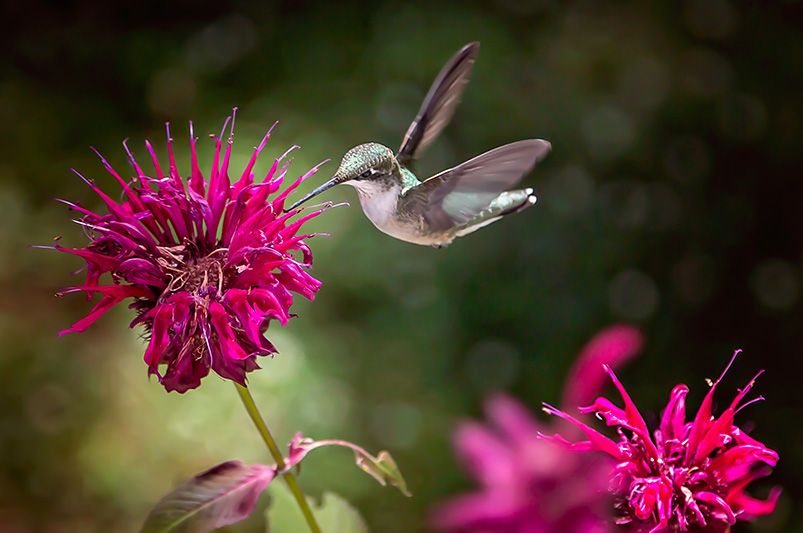
How to Find and Source Native Plants in Georgia
Finding authentic Georgia natives is easier than ever with today’s resources:
1. Online Databases
-
Lady Bird Johnson Wildflower Center: Comprehensive listings with images and soil/sun preferences.
-
PlantNative.org: State-by-state directories of nurseries that specialize in native species.
2. Local Nurseries
Visit locally-owned nurseries and ask for plants labeled “Georgia Native.” Many now feature “pollinator packs” curated for regional ecosystems.
3. Gardening Apps
Apps like Seek by iNaturalist or PlantSnap can identify native species and provide care guidance specific to your zone.
Benefits of Native Plants for Georgia Homeowners
Beyond environmental impact, native plants make gardening easier and more rewarding for Georgia homeowners:
-
Low Maintenance: Once established, they thrive with minimal watering or fertilizers.
-
Pest Resistance: Native species co-evolved with local pests and are naturally resilient.
-
Cost Savings: Less water, fewer chemicals, and reduced lawn upkeep save time and money.
-
Year-Round Beauty: Many natives provide vibrant blooms in spring and summer, then seed heads or textured foliage through winter.
ShrubHub Pro Tip: Replace just 20% of your lawn with native plants to cut water use by up to 50% while boosting biodiversity.
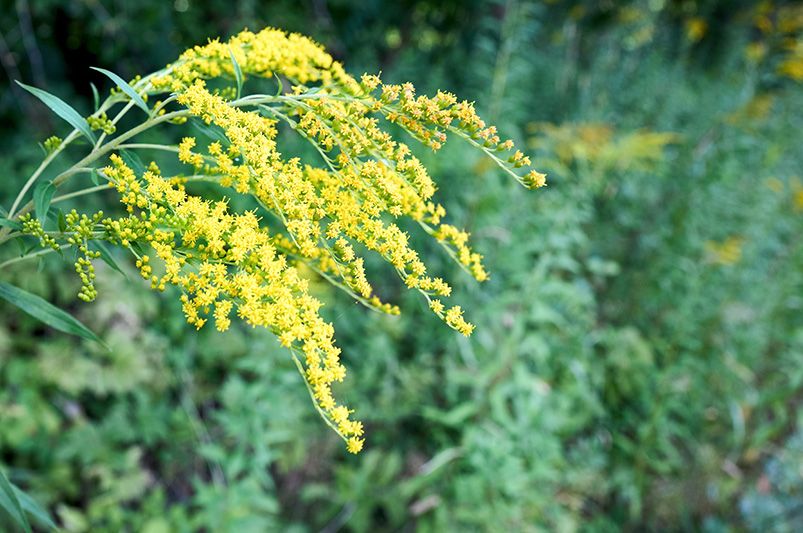
How to Create a Certified Native Plant Habitat in Georgia
Creating a certified wildlife habitat in your own backyard is easier than you might think—and ShrubHub can help design it for you.
Steps to Certification:
-
Assess Your Site: Identify existing plants, sunlight patterns, and drainage zones.
-
Design Thoughtfully: Include flowering plants, shrubs, and trees at varying heights to mimic natural layers.
-
Provide Wildlife Essentials: Food (berries, nectar), water (birdbaths), and shelter (native shrubs or brush piles).
-
Get Certified: Programs like the National Wildlife Federation’s Certified Wildlife Habitat recognize eco-friendly gardens.
Certification connects you to a growing network of eco-conscious gardeners making a measurable impact on Georgia’s natural heritage.
Care & Maintenance Tips for Native Gardens
Even though native plants are naturally hardy, some early attention helps ensure long-term success.
-
Watering: Keep soil moist for the first growing season, then reduce watering.
-
Mulching: Use pine straw or shredded leaves to retain moisture and suppress weeds.
-
Pruning: Prune lightly after flowering to promote healthy regrowth.
-
Avoid Chemicals: Fertilizers and pesticides can harm pollinators and disrupt the ecosystem.
Native gardening is a practice of patience—the rewards grow richer each year.
Ready to Transform Your Georgia Landscape?
Bring your yard to life with a professionally designed native plant landscape from ShrubHub. Our expert designers specialize in creating Georgia-native, pollinator-friendly gardens that thrive in your local conditions.
Start Your Native Garden Design
Let ShrubHub craft a custom 3D landscape design plan for your dream outdoor space—sustainable, stunning, and 100% tailored to your home.
Downloadable PDF
The Georgia Native Plant Starter Kit
Grow Green, Grow Native: Georgia’s Essential Planting Guide
Download ShrubHub’s free guide to discover the best native plants for Georgia’s gardens. Learn which plants attract pollinators, how to select for your USDA zone, and how to design a low-maintenance, eco-friendly landscape that thrives in every season.
Download Your Free Georgie Native Plant Guide
5 FAQs About Native Plants for Georgia
1. What are the best native plants for Georgia gardens?
Popular options include Georgia Aster, Oakleaf Hydrangea, Purple Coneflower, and Little Bluestem Grass—all adapted to Georgia’s climate and soil.
2. How do I find pollinator-friendly native plants for Georgia?
Check with the Georgia Native Plant Society or ShrubHub’s regional design team for curated pollinator garden plans.
3. Why should I choose native plants over traditional garden plants?
Native species save water, reduce maintenance, and create thriving wildlife habitats while still offering stunning color and texture.
4. What USDA zones are in Georgia?
Georgia spans USDA Zones 7a–8b, so choosing plants suited to your exact zone ensures better survival and growth.
5. How can I create a certified wildlife habitat in my backyard?
Include native species that provide food, shelter, and water, then apply for certification through the National Wildlife Federation.


